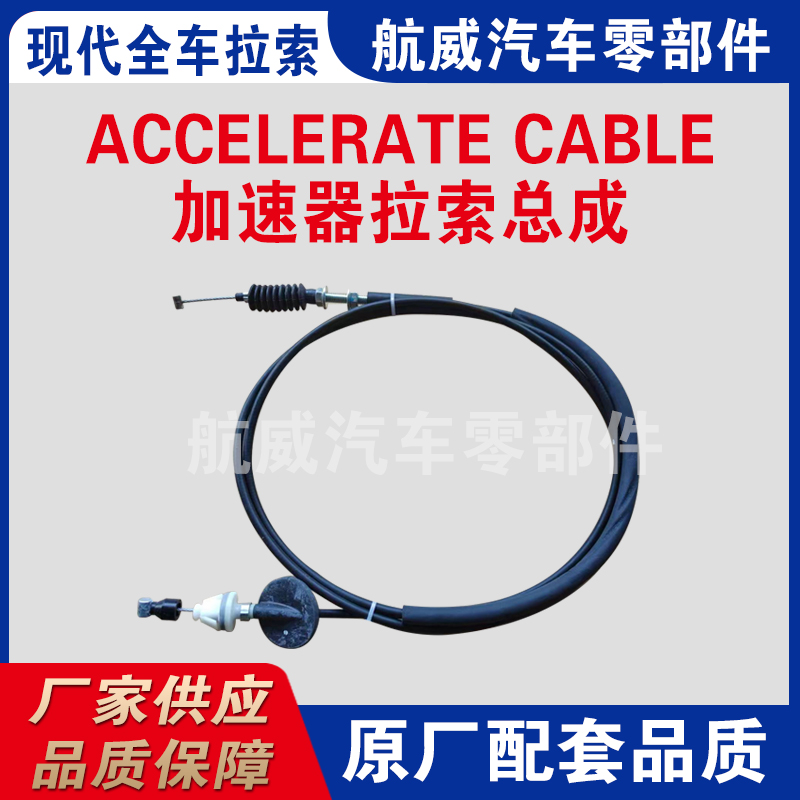Weed Eater Throttle Cable Replacement and Maintenance Guide
Understanding the Throttle Cable of a Weed Eater Importance and Maintenance
Weed eaters, also known as string trimmers, are essential tools for landscaping enthusiasts and professionals alike. They help maintain a neat and tidy yard by trimming grass and weeds in hard-to-reach places. At the heart of the functionality of a weed eater lies the throttle cable, a critical component that controls the engine’s power output. Understanding the role of the throttle cable, its maintenance, and potential issues can significantly enhance your trimming experience.
What is a Throttle Cable?
The throttle cable in a weed eater connects the throttle control handle to the carburetor. When the operator squeezes the throttle handle, the cable pulls a lever on the carburetor, allowing more air and fuel into the engine, consequently increasing its power. Conversely, releasing the throttle handle reduces the engine’s power. This simple yet effective mechanism allows for precise control over the weed eater’s speed and efficiency, facilitating different cutting tasks ranging from delicate trimming to heavy-duty clearing.
Importance of the Throttle Cable
1. Control The primary function of the throttle cable is to provide control over the engine speed. A responsive throttle cable ensures that the user can adjust the cutting power instantaneously, enhancing overall control over the tool.
2. Efficiency An efficiently functioning throttle cable contributes to fuel efficiency. If the throttle cable is malfunctioning, it can lead to erratic engine performance, causing the engine to run inefficiently, which can waste fuel.
3. Safety A properly working throttle cable can also ensure the safety of the user. In situations where immediate power reduction is necessary, a sensitive and responsive throttle cable allows users to quickly lower the engine’s speed, helping prevent accidents.
Common Issues with Throttle Cables
Despite their sturdy construction, throttle cables can encounter issues over time. Common problems include
weed eater throttle cable

- Fraying Continuous wear and tear can lead to fraying of the cable, which can affect its performance. A frayed cable may not operate smoothly, resulting in a sluggish response from the engine.
- Snapping Excessive stress can cause the throttle cable to snap, rendering the tool inoperable
. Regular inspection can help catch signs of wear before they lead to a complete failure.- Dirt Build-up Dirt and debris can accumulate within the throttle casing, causing the cable to stick or become sluggish.
Maintenance Tips
To ensure the longevity and performance of your weed eater’s throttle cable, consider the following maintenance tips
1. Regular Inspection Check the throttle cable regularly for signs of wear, fraying, or damage. Replace it immediately if you notice any issues.
2. Cleaning Periodically clean the throttle assembly to prevent dirt build-up. Use a soft brush or canned air to remove debris.
3. Lubrication Apply a suitable lubricant to the throttle cable to ensure smooth operation, especially if you notice any resistance in its movement.
In conclusion, the throttle cable is an integral part of a weed eater that plays a pivotal role in its operation. Understanding its function, performing regular maintenance, and being aware of potential issues can ensure that your weed eater remains in top condition, allowing you to tackle your landscaping tasks with ease and efficiency.
-
Upgrade Your Vehicle with High-Quality Handbrake CablesNewsNov.01,2024
-
Optimize Your Bike's Performance with Quality CablesNewsNov.01,2024
-
Enhance Your Vehicle's Performance with Quality Clutch ComponentsNewsNov.01,2024
-
Elevate Your Vehicle's Performance with Quality Throttle CablesNewsNov.01,2024
-
Elevate Your Vehicle's Performance with Quality CablesNewsNov.01,2024
-
Affordable Solutions for Your Cable NeedsNewsNov.01,2024
